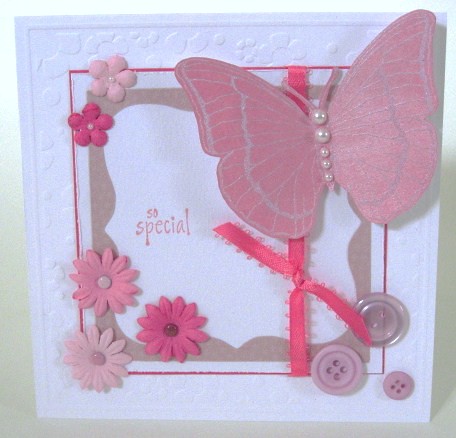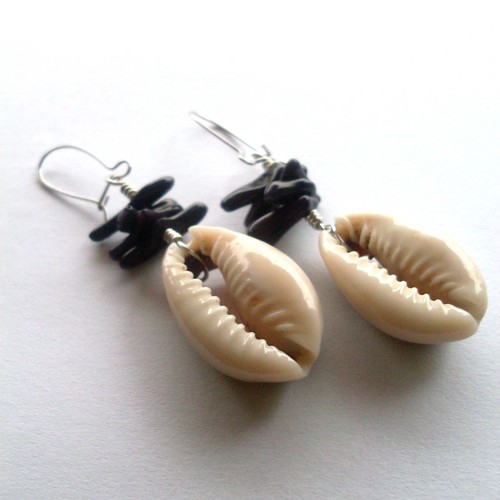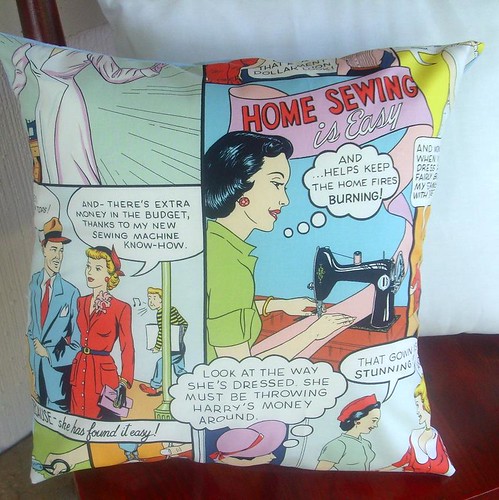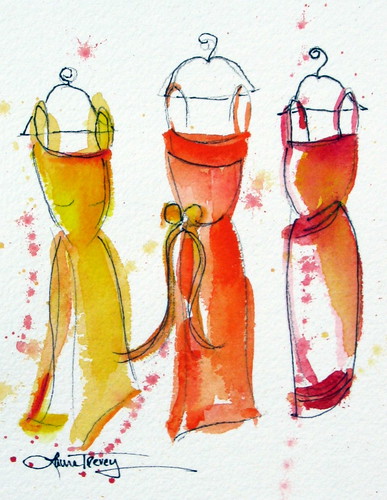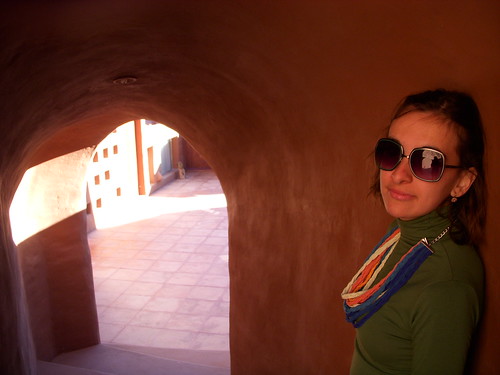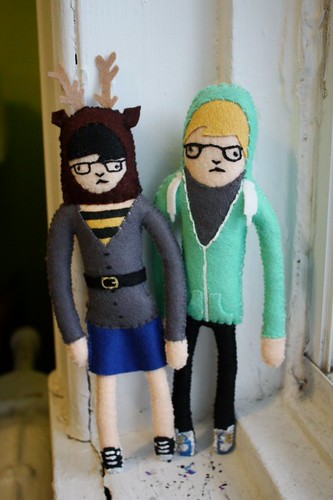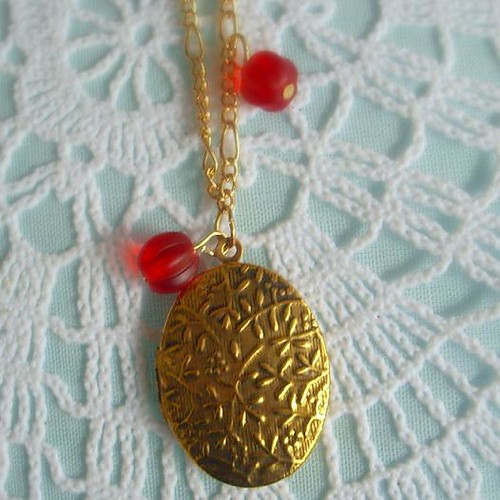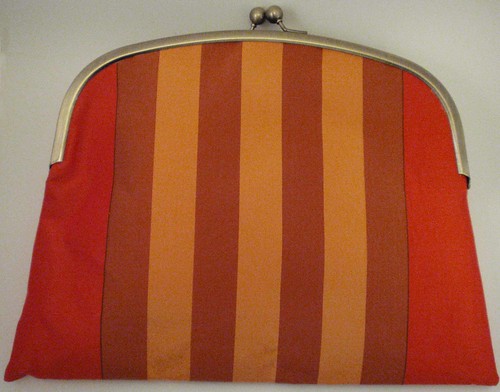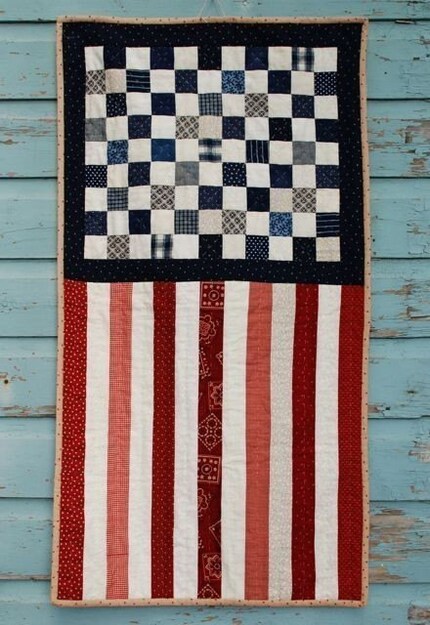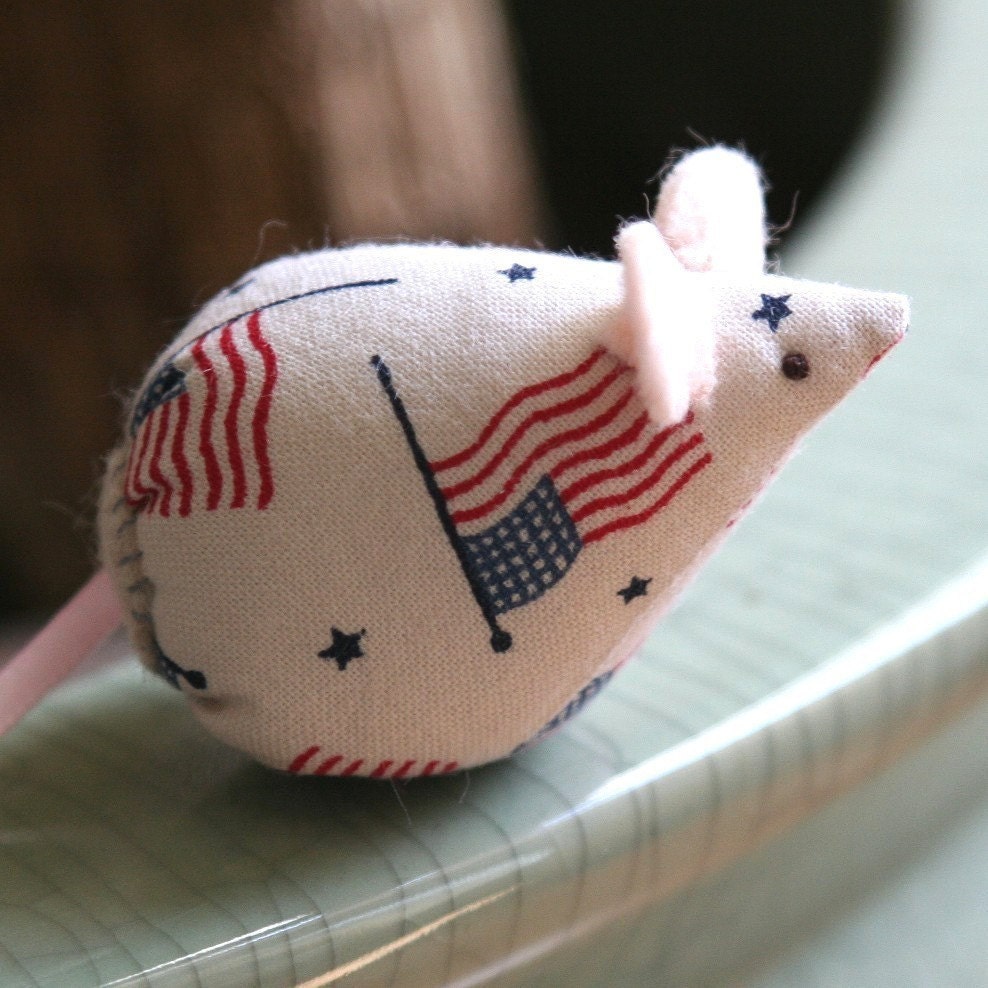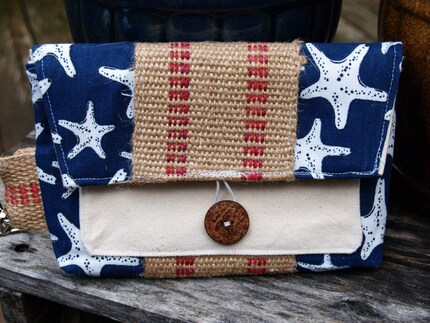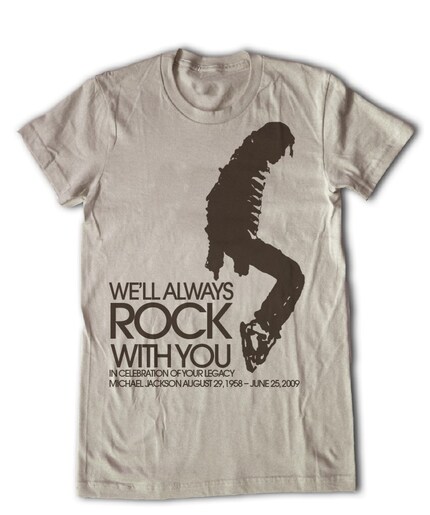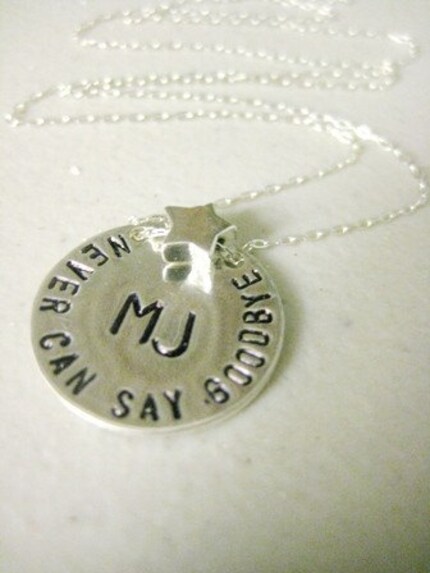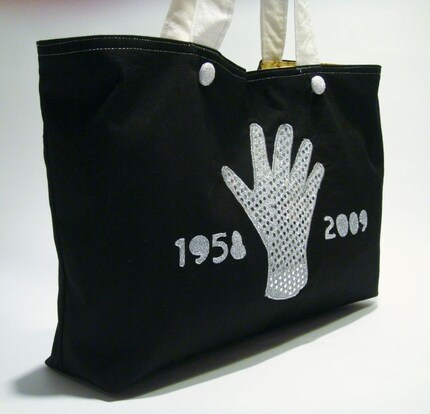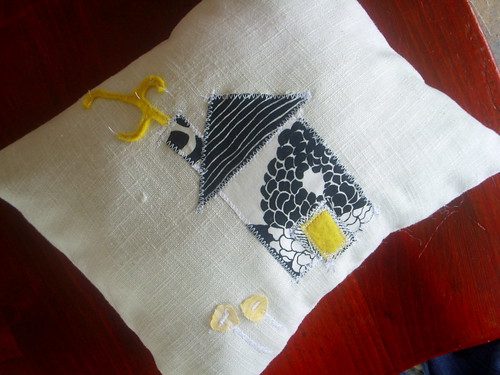
Friday, July 31, 2009
Monday, July 27, 2009
Saturday, July 25, 2009
Portland’s ‘young creatives’ tough it out - msnbc.com
PORTLAND, Ore. - Ceramics artist Heidi Sowa had her eyes set on Portland for years. The city was not too big, had a cohesive arts community and plenty of easygoing and helpful people.
Within weeks of arriving, she landed a gig making costumes for 8-inch puppets in "Coraline," a 3-D stop-motion animated movie. Her job ended last year, and the movie opened in theaters earlier this year.
Now, at 26, Sowa is living on unemployment, sleeping in a single room apartment and eating from a refrigerator in a studio she shares with other artists under a bridge ramp in Portland's industrial east riverbank.
And she's not planning to go anywhere.
Like thousands of well-educated young adults who have flocked to Portland, she is determined to weather a recession that is testing their affection for the city.
The newcomers, called the "young creatives" by local economists, have helped give Portland the reputation over the past two decades for being one of the hippest cities in the country. They have been lured by the city's brew pubs, bicycle and mass transit culture, access to mountains and seacoast, and a tolerant, off-center way of life.
Now, they are trying to hang on while hanging out.
'Easygoing and helpful'
Sowa cites the city's love affair with bicycles and mass transit, its scale and its mood for her decision to stay.
"It seems a small enough but a big enough place," she said. "It's easy to meet people, and the art community is cohesive. People tend to be pretty easygoing and helpful, too. I haven't met many abrasive people."
Sowa is keeping busy with a whirl of projects and prospects, ranging from film pitches with a "Coraline" colleague to fashion corsets — she helped a designer create them in exchange for learning the how-tos of a trendy garment.
A Portland economist who has studied the "young creatives" says Sowa is typical.
"It's not as if it's great somewhere else," said Joseph Cortright, chairman of Gov. Ted Kulongoski's council of economic advisers and author in 2005 of a study of young people and American cities, "The Young and Restless in a Knowledge Economy."
Cortright said the United States soon will face a shortage of well-educated workers. Baby boomers are retiring, he said, and the rising percentages of women and college graduates in the work force are leveling off.
That, he said, will make winners of cities such as Portland that offer creative, entrepreneurial young people something distinctive, whether it is warm climate, cool culture, a combination of the two or something else entirely.
Cities with 'stickiness'
Charlotte, N.C., and Austin, Texas, are others that have Portland's "stickiness," he said, attracting outsize numbers of the 25- to 34-year-old cohort and keeping them.
High-tech entrepreneur Luke Sontag vows he'll stay in Portland despite a hard first year in town.
In September, Sontag led a crew of 34 high-tech workers on a latter-day "Oregon Trail" road trip, moving from Tulsa, Okla., in a convoy of rental vans and RVs, circling them at night on the western plains and building campfires to illuminate performances by the in-house band.
Within weeks after Vidoop Inc. arrived, the financial companies Sontag hoped to snag as customers were out of the market for his Internet security services. The layoffs started in November. The company, he said, was reincorporating, planning for new financing and workers.
In the meantime, he's plotting a company in mobile marketing with colleagues and living on savings. "If all went to hell with this, I would not be moving," he said. "I wouldn't give a flip if I had to pick up trash."
Living cheaply
Young creatives turn more often, though, to the coffee shops for work and their default job — barista.
Brodie Kelley, 29, is a comics artist and unpublished novelist who eventually landed a job behind a grocery store's deli counter. He tells a story about the competition for jobs slinging espresso drinks.
Attracted by an ad, he went into a jammed coffee shop, which he figured meant a thriving business and good prospects. Then the manager looked over the throng and said he'd begin taking applications: "But, first, is anyone here a customer?"
Some young creatives are nurturing enterprises on the cheap through co-working — renting space that's often loft-like with communal copiers and espresso machines. The environment is more businesslike than a home office.
CubeSpace, a prominent co-working spot, failed in June. Among the company's workers is Reid Beels, 24, a free-lance Web designer and programmer. He said CubeSpace was ideal for Saturday "code sprints," exercises in problem-solving that drew together otherwise independent high-tech workers.
These days, Beels said, he's doing his free-lance business out of coffee shops.
"I've been living very cheaply lately," he said. "I've still been doing enough work to pay the bills."
'I'm hanging in'
Hanging on in Portland is a month-to-month decision for 26-year-old Julia Sexton, who is originally from Florida. She came to Portland a few years ago to help a family member get married, and she fell in love with the scenery and the scene. "I couldn't believe this exists, the place I want to live," she said.
Hoping to work in interior design and architecture, she moved here for good last year. But she got laid off from a job in the sales room of a furniture builder in January. She sold her car, cashed her tax refund and hung on with family help.
"My grandma is awesome," she said.
By early July, she was working part-time and had a portfolio under consideration by an architectural firm. Her application, she said, is one of 41.
"I'm hanging in," she said. "I know this month's rent is paid for."
URL: http://www.msnbc.msn.com/id/32143201/ns/us_news-life/page/2/

Wednesday, July 22, 2009
Flickr Picks: Lova Revolutionary Blog

Hey! Artists, Designers, & Crafters - Come join the Blog Flickr Pool for a chance to be featured in the Flickr Picks! Find the Blog Group Here!

Monday, July 20, 2009
Friday, July 10, 2009
Wednesday, July 8, 2009
How to Find the Perfect Vintage Shoes - lifestyle.simpatico.msn.ca
If the vintage shoes fits...then read these 11 shopping tips before splurging on a seemingly exclusive pair.
 |
What girl doesn't have a bit of a shoe-shopping habit? From strappy sandals to Mary-Janes to impossibly seductive pumps, the shoe varieties out there are endless. Finally, you can indulge in all the shoe goodness you crave without breaking the bank. Vintage Shoes is a century-long journey through the key designs, technical developments, and cultural influences that shape shoe fashions. With its luscious photos and original sketches from luminaries such as Christian Louboutin, Vivienne Westwood and Manolo Blahnik, Vintage Shoes is a visual delight and an invaluable guide to the art of shoe shopping. In the excerpt below, fashion authority Caroline Cox explains where to buy vintage shoes and, more importantly, how to tell the difference between collectors' items and not-so-collectible ones.
Shopping and Collecting
In the early twenty-first century there has been a new consumer awakening as people have come to their senses and realized that collecting vintage is the most eco-friendly way of buying fashion -- it's a perfect example of recycling. The other beauty of collecting vintage is that you can get an item that no one else has and that's why it's become somewhat of an international pastime. Footwear designers unashamedly pay homage to designs of the past and consequently over the last few years there has been an increasing demand for vintage shoes, as they can sometimes be almost indistinguishable from their modern counterparts. Miu Miu's homage to Terry de Havilland's platform shoes in the early 2000s are an obvious example and had an added bonus -- they made the 1970s originals much sought-after and led to a resurrection of the original designer's career. De Havilland's gorgeous pop-art python skin heels now regularly sell for high prices at auction.
Where to Buy
There are obvious outlets for vintage shoes: specialist vintage clothing fairs; retro clothing markets like Portobello Road and Brick Lane in London and the Cligancourt flea-market in Paris; vintage retail outfits such as Exquisite Fashion in New York and Gray's Antique Centre in London; and of course the Internet. Charity and thrift shops are also surprisingly good for vintage shoes, despite having dried up as a source for most other forms of vintage, because the market is still relatively new and untapped and the names of couture shoe designers are far less well known than those associated with clothes. It is still possible to pick up a pair of original stilettos by Salvatore Ferragamo or a pair of 1940s wedges, for instance, because they have been mistaken for the modern version. There are several ways of recognizing a collectible vintage shoe:
• The very best -- including Roger Vivier for Christian Dior, Courreges and Beth Levine -- will have a griffe or designer label inside and these are the ones to collect. The vintage shoes that hold their value are by individual designers rather than mainstream manufacturers. So look for a designer's name like Seymour Troy rather than a corporate brand such as Dolci's.
• The most expensive designer shoes will be completely made of leather, including a leather lining and will say so: "all leather" if English, "cuir" if French, "vero cuio" if Italian.
• Look for leather that is stitched together rather than glued, as again, this suggests a higher quality and hand-made shoe.
• Remember that some synthetic shoes are still collectible, particularly from the 1960s when many of the top designers such as Beth Levine experimented with plastics.
• Original 1950s stilettos will have metal heel tips, not plastic ones.
• Many original manufacturer's labels before the 1960s are written in a calligraphic "signature" style rather than in modern typography.
To Wear or Not to Wear?
Collectors recognize that many vintage shoes are of a quality that is rarely found today. Techniques like hand-sewn seams and delicate detailing are too expensive to be incorporated into the modern processes of manufacturing footwear. Shoes from the past can also be in quite fragile condition, particularly if they date from the days of cobbling when investing in a pair of shoes was an expensive, long-term purchase and they would have been looked after and worn for many years. So should one wear such fragile objects or, like some collectors, use them to make a decorative statement instead? Many diehard collectors would regard putting on vintage shoes to pound the streets as a sacrilege and instead keep their special finds wrapped in acid-free tissue paper and out of direct sunlight, with a photograph stuck to the front of each box for easy recognition. It must be remembered that many women's shoes from the past were not designed for practicality and nineteenth-century slippers would fall apart if walked for the distances we expect today.
Another reason why vintage shoes remain unworn by many collectors is the question of fit. It is very difficult to find a perfect fit between a vintage shoe and a modern foot because forty years ago feet were considerably smaller -- or women pretended they were. Shoes tended to err on the small and narrow side because of the worship of the small and delicate female foot, particularly in the nineteenth and early twentieth century. It is much easier to find larger fitting shoe sizes from the 1970s onwards, as this was the era when the fashion for the clumpy shoe took off; there are bargains to be had from these decades that easily fit in with today's retro-inspired fashions. But if you are determined to collect vintage shoes that fit, the following steps should be taken to avoid blisters.
• Like any shoe, make sure there is enough space at the end to flex your toes. If your foot moves out of the heel when walking, buy an insole for a snug fit.
• If you are buying shoes from eBay or any similar Internet auction site, take no notice of the size that is quoted in the description -- shoe sizes from the past vary wildly. Ask the seller for exact width and length measurements and see if they match your feet before purchase. Some sellers also will accept returns so make sure you check their conditions of sale; you may be able to send a pair back if you‘re not happy with your purchase.
• If the shoes are a little tight, don't despair. It is possible to stretch them a little. For leather, take the shoe and dampen the pinching area with a 50–50 mix of water and methylated spirit or specialist leather lotion and then insert into a shoe stretcher or shoe tree where it should stay until it has dried. If the shoe is synthetic, place it on a shoe stretcher or shoe tree and warm carefully with a hair dryer while pulling it into shape.
• It's very difficult to track down pairs in unworn or very good used condition because shoes, unlike other kinds of retro accessories, were worn, mended and re-mended until they were worn out. As a result, it is fairly unlikely that a collector would find an unused, pristine pair in their original box, but it does happen, especially with 1980s shoes when designer shoes were displayed as trophy items and sometimes hardly worn.
• Finding shoes that date from before the twentieth century is a pretty rare occurrence, but a tip for dating a rare early shoe is to look at the soles. Before the mid-nineteenth century there was no clear distinction between the left foot or the right; shoes were interchangeable and had identically shaped soles.
Despite recent interest in all things vintage, there are bargains to be had out there. For example, it's much cheaper to buy a pair of Chanel shoes than a blouse or belt, and there is a specific cultural reason for this -- people are squeamish about other people's feet. A vintage dress can be easily cleaned, but shoes less so, and many bear the imprint of the previous owner's feet, which can be off-putting to some vintage clothes enthusiasts. Shoes tend to have a bit more wear and tear than other items of vintage clothing and it's sometimes difficult to disguise. But a suede brush, a shoe shine kit and a pair of insoles can work wonders, and remember that buying vintage is the best way to stand out from the main street crowd.
From Vintage Shoes: Collecting and Wearing Twentieth Century Designer Footwear. Published by HarperCollins Publishers Ltd. copyright text © 2008 Caroline Cox. All rights reserved. Reprinted by permission of HarperCollins Publishers Ltd.
Article
Flickr Picks : Lova Revolutionary Blog

Saturday, July 4, 2009
Wednesday, July 1, 2009
Super Bad : A Little Etsy Tribute to MJ
Whatever you think about Michael Jackson, despite all the craziness, scandals, and nicknaming a child blanket. MJ was undoubtedly a legend in his own time, an icon of the 80's, and a true talent. I was never an insane MJ fan as a 80's kid...owned a few of his records, never really learned to moonwalk, but I definitely couldn't ever flip the channel when he came on MTV.
In this time, it seems like anyone can rise to fame with the right PR stunt & marketing campaign without having any real talent, the tv & media tell everyone whats good and they tend to believe it. Ever since the Execs started to learn in the 50s that the youth could to be a mass consumer market with plenty of cash to cash in on they've rode the wave ever since, constantly looking for the next best thing to buy and sell.
Regardless of the millions they might make, only true artists have that timeless quality, creativity, and lasting appeal to wow pop culture junkies & audiophiles for decades to come. Will anyone be studying Britney Spears or the lastest dirty south jam in music history class 50 or 100 years from now? Probably not. Will they know about the Jackson 5 and the sparkley glove? Probably.
*About two weeks ago, I was speeding on my favorite backroad on my way to Joann's for some supplies, it was about 9am, perfectly sunny, popped in my 80s mix cd and sang The Way You Make Me Feel really loudly with the windows down.

















